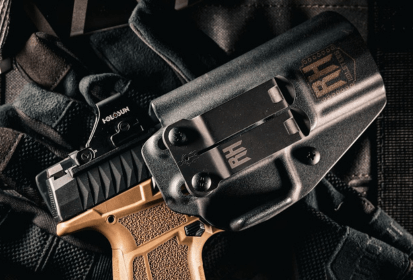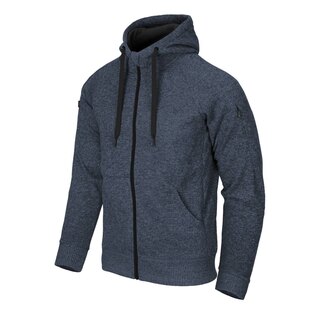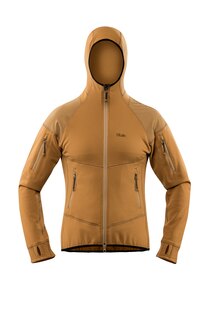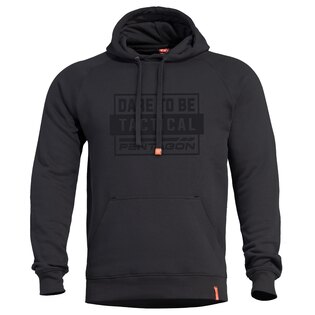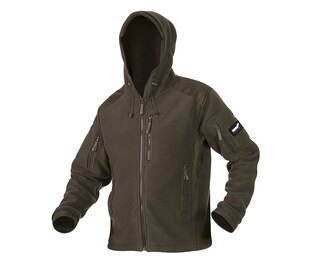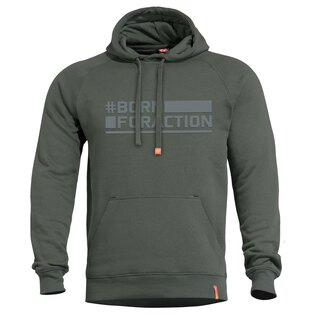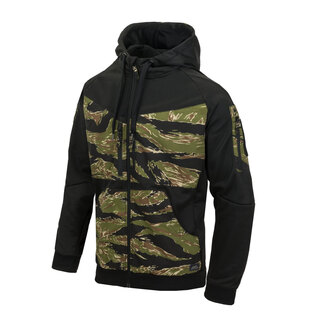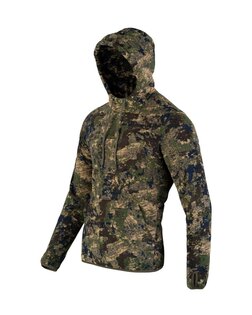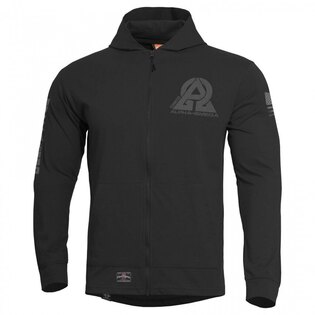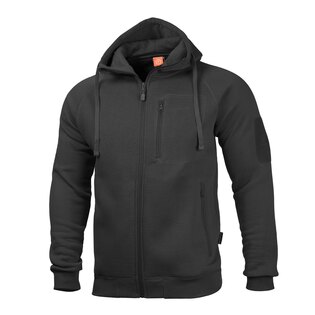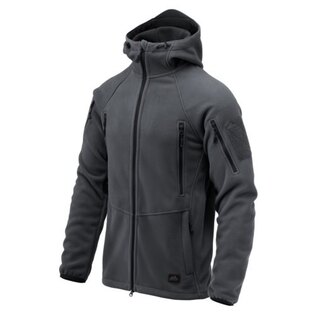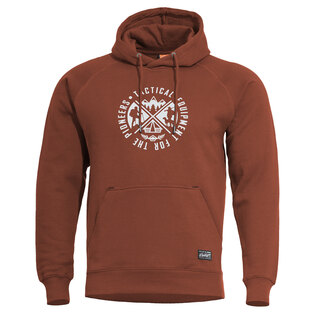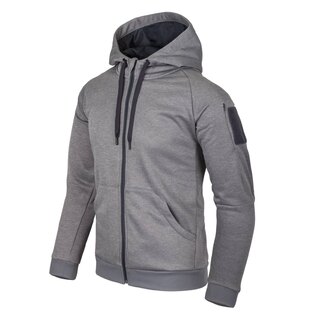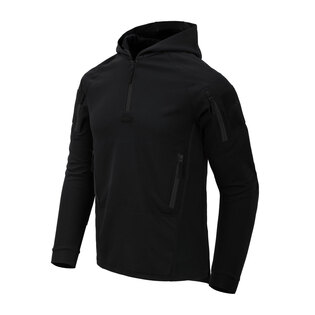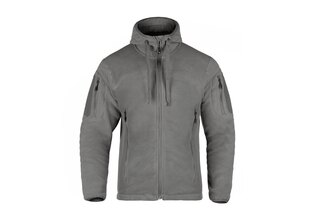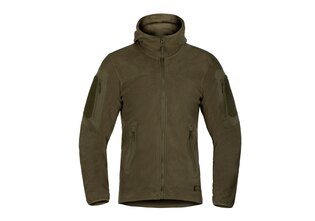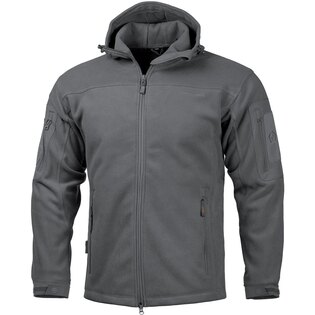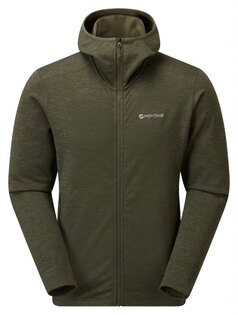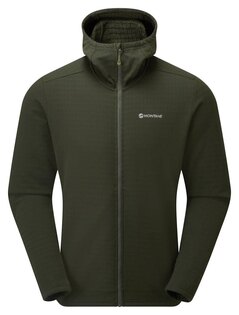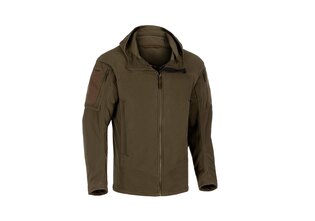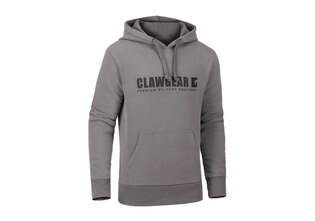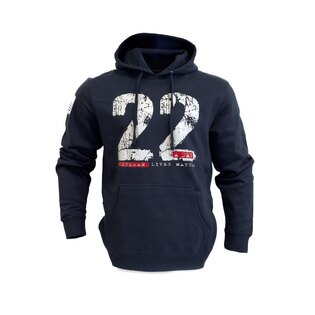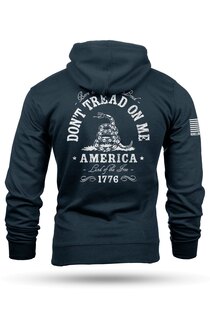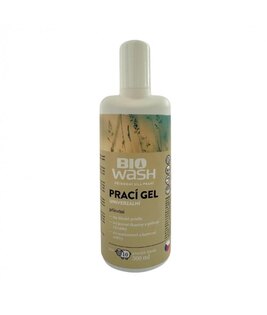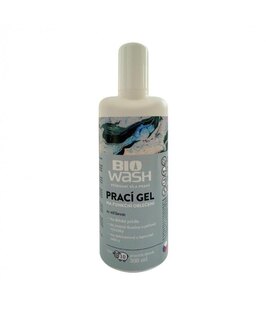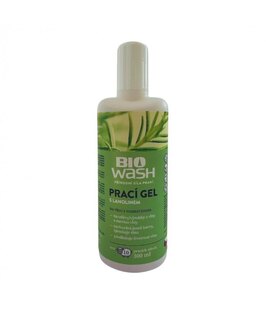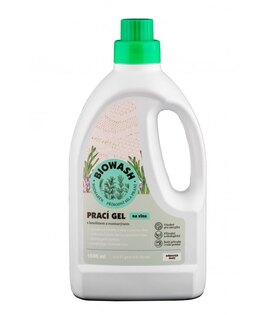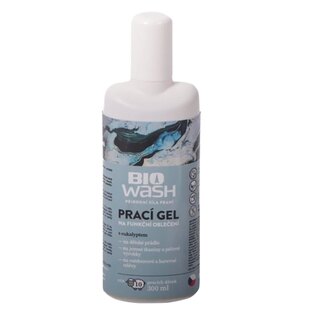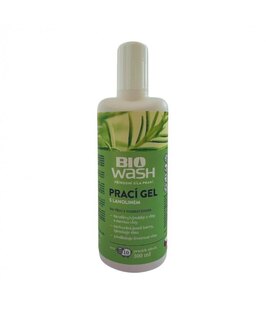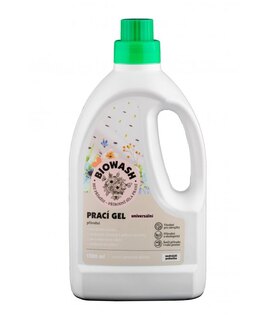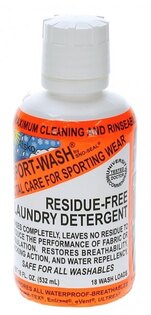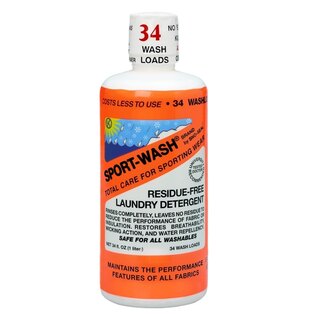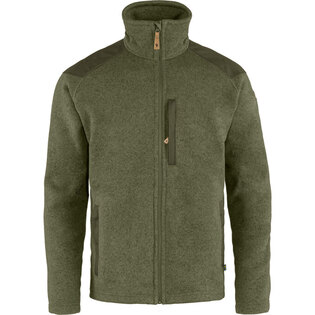How to choose fleece? A guide to materials, properties and care
One of the most versatile materials for outdoor, tactical and everyday wear. Lightweight, warm and quick-drying. The optimal ratio of weight and thermal insulation makes fleece a great choice even in extremely changeable weather – and early spring is a perfect example of this. But not all fleece is the same. How to recognize a quality one? What to look for when choosing and how to extend its lifespan to the maximum? And when is fleece no longer enough?
Most people have some "fleece" in their closet – but few know how it really works. This guide will introduce you to the key properties, advantages and limits of fleece, explain the differences between individual types and advise you on how to care for it to maintain its functionality in the long term. And if you are looking for the best outdoor and tactical clothing on the market, Rigad offers premium fleece clothing – from lightweight thermal underwear to cold weather accessories and insulated trousers to highly durable functional sweatshirts and jackets with fleece insulation.
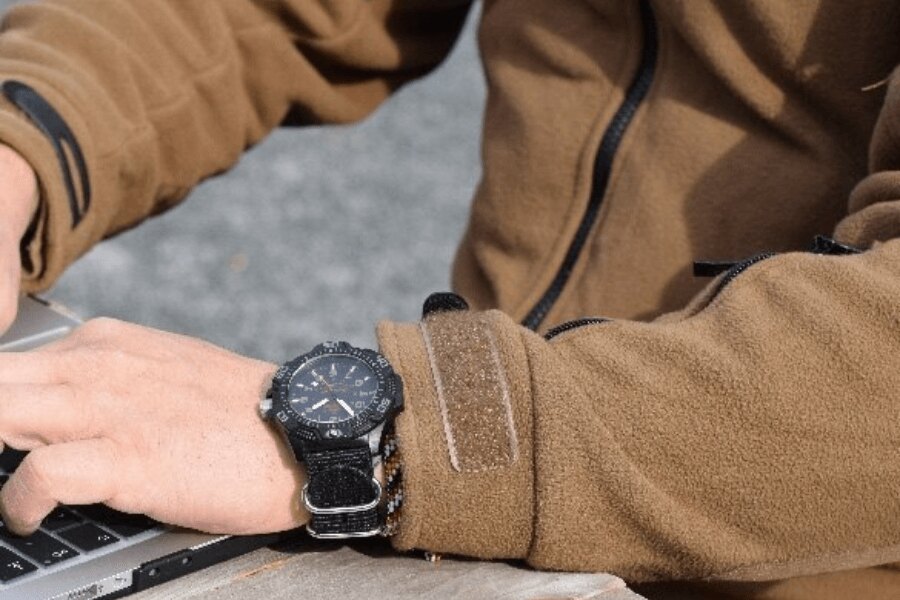
Fleece material quickly found its place in the outdoor and tactical sector thanks to its properties.
Fleece: How did it originate and why is it so popular?
From the laboratory to the mountains: Where did fleece come from?
In 1979, two American companies, Malden Mills and Patagonia, joined forces to create the functional material of the future – lightweight, warm and quick-drying. The goal was to replace heavy wool with something lighter, more functional and more affordable. The result? Fleece – a synthetic fabric with the thermal properties of wool, but with less weight and better breathability.
Originally intended for mountaineers and outdoor enthusiasts, fleece quickly found its way into military and tactical equipment. Its low weight, quick drying and thermal comfort made it one of the key components of military equipment, tactical clothing and outdoor equipment.
How is fleece made?
Fleece is made from 100% polyester, which is processed into twisted fibers. These are then braided and brushed to create a pile. The resulting structure can vary considerably – from a dense, short-cut surface to a shaggy loft that resembles natural fleece.
Sustainability also plays an important role in modern production. Recycled PET bottles are often used, which gives fleece production an ecological dimension. On the other hand, microplastics are released into the water during washing, which penetrate the environment – a topic that has resonated strongly in the outdoor community in recent years.
How is fleece improved? Modifications and advanced variants
Fleece is often combined with other materials or surface-treated. DWR impregnation increases water resistance. Connection with functional membranes (such as softshell) improves mechanical resistance and wind protection, but may slightly reduce insulation capabilities.
One of the advanced variants is, for example, Polartec – a mechanically resistant, two-way elastic knit with excellent thermoregulation and transport properties, which is widely used in technical clothing - from functional layers to specialized tactical equipment. However, there are many more improved variants of fleece material and new ones are being added.
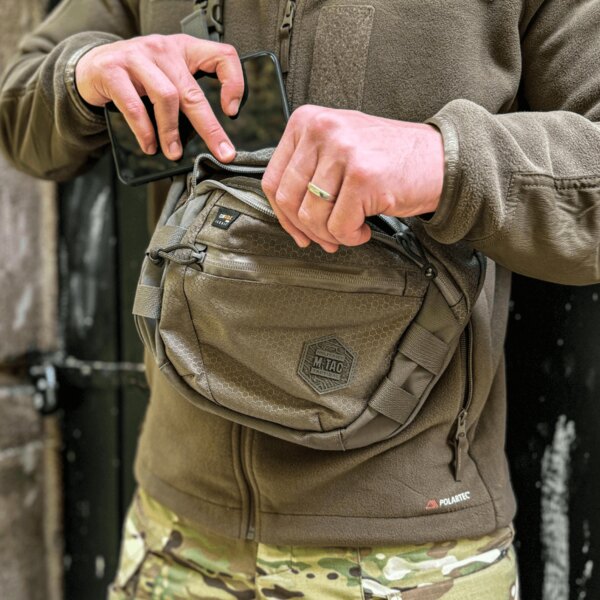
One of the advanced variants of fleece is Polartec – a mechanically resistant, two-way elastic knit with excellent thermoregulation and transport properties.
Fleece under a magnifying glass: What can it do and what does it excel at?
Fleece is not just a sweatshirt
A fleece sweatshirt is a classic, but the use of fleece extends much further – from the first layer to the third (top) layer. Fine, breathable materials (often Polartec) are used as the first layer, which quickly wicks sweat away from the body and often offers anti-allergenic treatment. On the other hand, outer layers made of fleece or with a fleece lining are designed to protect against external influences and provide insulation without excess weight.
In addition to membrane jackets, fleece insulation often appears in outdoor insulated trousers, where it ensures good comfort and thermal regulation. And not only that – fleece is also used to make a number of seasonal accessories, such as hats, gloves or neck warmers, which provide the optimal balance of warmth, breathability and lightness, and most importantly, the much-desired comfort.
Fleece vs. wool: Which insulates better?
The basic difference between these materials is obvious: wool is natural, fleece is synthetic. Yet they share many properties – until they are exposed to extreme conditions. At that point, their properties start to diverge.
- Dry conditions: Both fleece and wool provide excellent insulation when not exposed to wind or rain.
- Rain and humidity: Merino wool contains lanolin, a natural water-repellent compound that helps it retain its insulating properties even when wet. However, once wool gets wet, it takes a long time to dry. Fleece, on the other hand, soaks up water more quickly, but when you get out into the dry, it dries much faster than wool.
- Wind: Wool is naturally more wind-resistant, but if fleece has an integrated windproof membrane, the differences are erased.
- Physical activity: During intense exercise (running, hiking, cycling), windproof fleece can be too effective – which can lead to overheating and excessive sweating. This is especially counterproductive in cold conditions.
Whether you end up choosing wool or fleece, both options have much better properties than cotton. Cotton quickly loses its insulating properties in cold and humid weather, absorbs moisture and takes a long time to dry.
Advantages of fleece
- Warmth – Excellent thermal insulation at low weight.
- Lightness – Does not add unnecessary weight to the equipment.
- Breathability – Well wicks away sweat, distributes moisture and keeps the body dry.
- Quick drying – Even if it gets wet, it dries faster than cotton or wool.
- Easy maintenance – Does not require as specific maintenance as wool.
Disadvantages of fleece
- Low wind resistance – Without a membrane, it does not protect sufficiently against strong winds.
- Water absorption – Not waterproof, you need to add a waterproof layer in case of rain.
- Susceptibility to pilling – Cheaper fleece wears out over time and creates pilling.

The Helikon-Tex® Patriot HF MK 2 Fleece Jacket is an improved version of the iconic model and is suitable as a mid-layer and outer layer.
When is fleece suitable and when is another option better?
When does fleece work best?
- Hiking and outdoor – A lightweight and warm layer for colder weather.
- Bushcraft and survival – A great mid-layer under a waterproof jacket.
- Tactical use – Often part of military clothing as a mid-insulating layer.
- Everyday wear – Comfortable sweatshirts and jackets for everyday use.
When does fleece need a backup?
Fleece is not suitable for extreme rain and strong winds. If you are going into really demanding conditions, combine it with a waterproof and windproof layer such as softshell, hardshell, Gore-Tex or a membrane jacket in general.
TIP: Are you still a bit confused about membrane materials and not sure which one to choose? This article briefly explains the main differences between softshell, hardshell and Gore-tex.
How to keep fleece in perfect condition?
Washing and drying fleece: The most common mistakes and how to avoid them
- Wash at a low temperature (ideally 30 °C) with a mild detergent.
- Do not use fabric softener – it can damage the structure of the fibers.
- Air dry, do not use a tumble dryer at high temperatures.
How to avoid ruining fleece?
- Proper storage – Do not store fleece wrinkled or compressed to maintain loft.
- Removing lint – Use a lint remover or special brush
- Gentle handling – Do not tighten zippers all the way, do not overload pockets
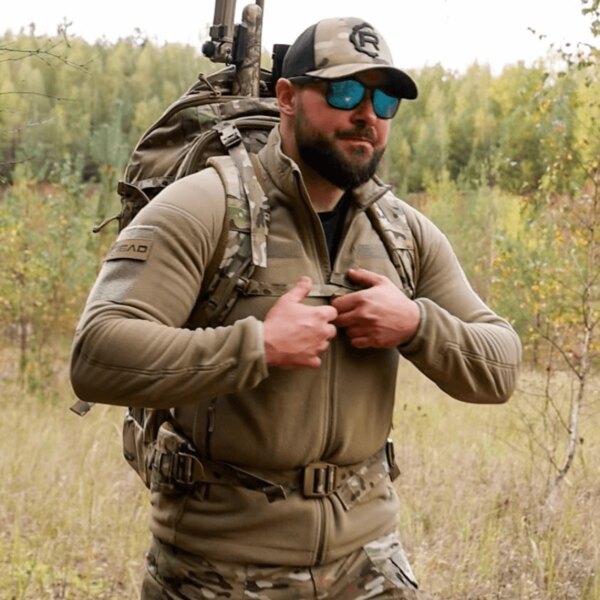
Fleece is not suitable for extreme rain and strong winds. If you are going to really tough conditions, combine it with a waterproof and windproof layer.
How to choose a fleece that really fits you?
Lightweight, medium or heavy? Which weight to choose
- Lightweight (100 g/m²) – Light sweatshirts and base layers, suitable for active movement.
- Midweight (200 g/m²) – Universal mid layer for colder conditions.
- Heavyweight (300+ g/m²) – The warmest option, ideal for static activities in winter.
Tailored fleece: What cuts and functional elements to choose?
- With or without a zipper – Full-length fleece allows for better ventilation.
- With or without a hood – A hood provides extra protection against the cold.
- Reinforced parts – Areas prone to wear (shoulders, elbows) can be reinforced.
- Pockets – Practical storage spaces for equipment or to warm your hands.
Top fleece pieces in the Rigad offer
Fjällräven® Buck Fleece M sweatshirt
A versatile combination of pure Scandinavian design combined with modern materials. There is no superfluous element on this sweatshirt, everything is simple and perfectly functional. The durable fleece provides excellent thermal insulation and moisture wicking, which you will appreciate during various outdoor activities. The shoulders are reinforced with G-1000® panels, which increase durability when carrying a backpack – these elements can also be waxed to enhance their water resistance. Thanks to its cut and material, it is suitable as a mid-layer in cold weather or as an outer layer in milder conditions. In addition, it is partly made from recycled materials, which underlines the sustainable approach – exactly in the spirit of Fjällräven's philosophy.
Helikon-Tex® Patriot HF MK 2 fleece jacket
The Patriot HF MK 2 fleece jacket from the Polish brand Helikon-Tex is an improved version of the popular MK 1 model, which has been optimized for maximum functionality and comfort. Excess elements have been removed and innovations such as an improved cut, new pockets and better ventilation have been added. The construction uses a combination of two types of fleece – a classic outer material and an inner grid fleece with a grid structure that effectively wicks away moisture, improves ventilation and reduces weight while maintaining thermal insulation.
Femund Polartec® Functional Sweatshirt by Tilak Military Gear®
The Femund Polartec® Functional Sweatshirt by Tilak Military Gear is made of Polartec® Power Stretch® material, which combines excellent thermal insulation, elasticity and highly effective moisture wicking from the body. The anatomical cut together with flat seams ensures maximum comfort and freedom of movement, while reinforced shoulder panels increase abrasion resistance. The sweatshirt is equipped with practical pockets and an integrated hood for better protection against adverse conditions. Thanks to its versatility, it is suitable as an insulating layer in cold weather or as a separate layer in milder conditions.
Coming soon: Kryptek® Polartec® Sentinel insulated pants
The Kryptek® Polartec® Sentinel insulated pants are designed for demanding outdoor activities in cold conditions. Polartec® insulation ensures excellent thermal comfort while maintaining low weight and optimal breathability. The innovative Kryptek® camouflage pattern ensures effective camouflage in various types of terrain. The pants are equipped with practical pockets and reinforced areas for increased durability. The ergonomic cut with an adjustable waist in micro increments allows freedom of movement, making them ideal for hunting, tactical operations and everyday wear in cold weather.
Readers are further interested
